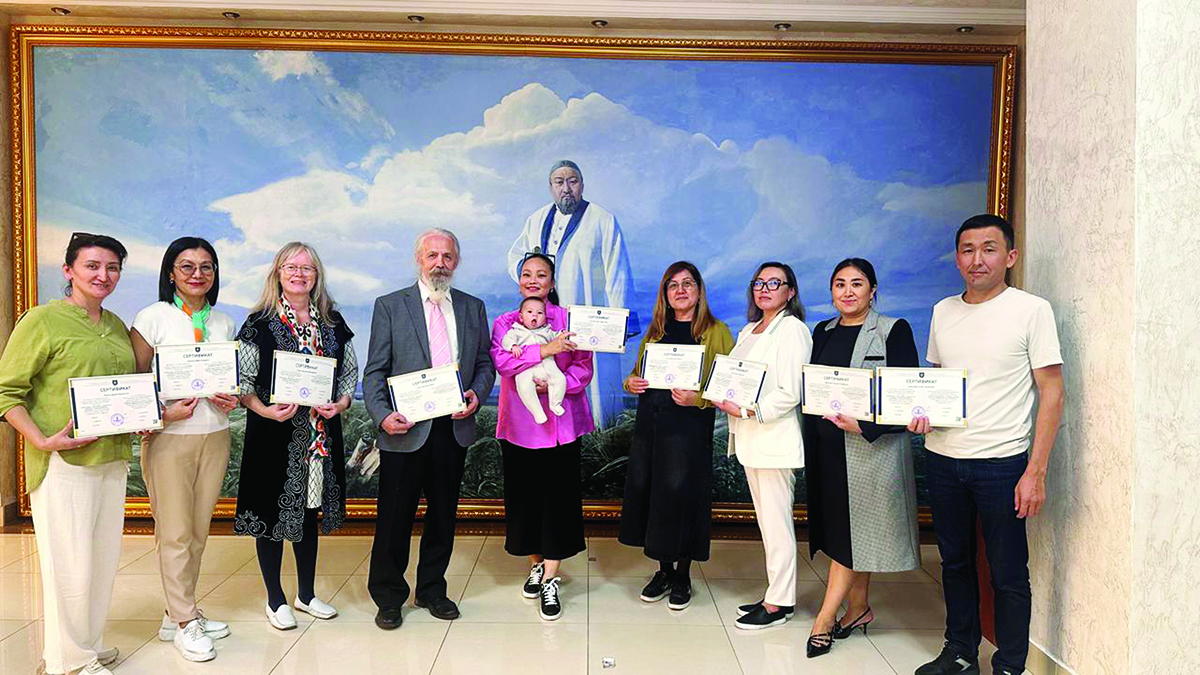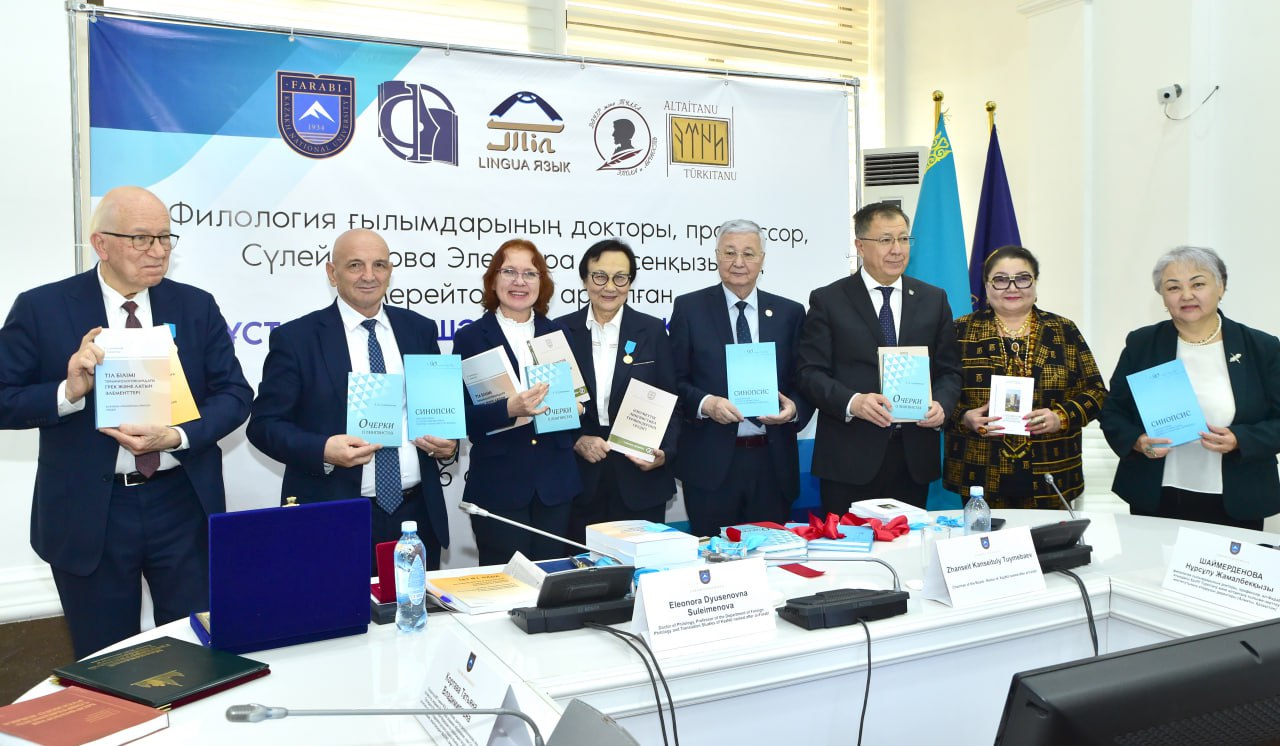The cybernometer and the first cybernometrists of Kazakhstan

In September 2024, cybernometrists trained by independent Finnish researchers, Vasily Beloly and Nadezhda Beloly, appeared in Kazakhstan for the first time.
But what is a cybernometer and how did it come about? In the middle of the twentieth century, cybernetics, the science of control, which preceded computerization, was popular (hence the name of the device – a cybernometer, a control device). In 1966, the XVIII International Congress of Psychologists was held and small brochures with various tests and techniques were distributed at the exhibition of psychological devices. Among this variety, there was a small article in French that talked about a game for children. In the beginning, such devices were in the singular.
As far as we know at the moment, it was originally developed by French scientist Roger Lambert, which was successfully used in a study in Canada. But after the International Congress of Psychologists in 1966, N. Obozov, a Soviet and Russian psychologist, became interested in a small article about a device designed for children's play – and so the cybernometer appeared in the USSR. Professor N.Obozov had his own model of this hardware technique for studying compatibility in groups, joint activities and modeling communication in a small group. Over the course of many decades, with the accumulation of practical experience, the device was modified, and in 2024, a version 16 cybernometer was introduced in Kazakhstan, developed by V.S. Belola, a student and scientific associate of Professor N.Obozov.
Today, a cybernometer is a device that simulates joint activities in pairs and small groups, which allows you to diagnose a number of phenomena: personality traits of participants, cohesion, teamwork, empathy, communication skills, etc. The use of the device is not limited to diagnostics – N.Obozov and V.S. Beloly. For many years, we have been practicing conducting systemic cyber trainings aimed at developing these aspects among a wide variety of audiences: students, teachers, children, pilots, air traffic controllers, military personnel, etc.
The Belovs brought all this knowledge and experience to Kazakhstan to train the first cybernometrists at the Al-Farabi Kazakh National University under the guidance of Professor Kabakova M.P. The audience of participants was very diverse: novice researchers, practicing psychologists, senior staff, and even officers! Each specialist spoke well about the device's capabilities, seeing in it a certain value for their work: for some, this tool acted as a game for bringing together a family and a student group, for others it was a method of diagnosing leadership skills and the ability to organize team work, for others it was an unusual way to improve concentration and motor skills, and for all - a new professional method.
In general, we can talk about the success of training – cybernometrists are actively applying technology in practice and are looking for new facets in it that would further develop the legacy of Roger Lambert, N.Obozov and V.S. Belola in Kazakhstan and Central Asia.
Myra KABAKOVA,
Professor of the Department of General and Applied Psychology
Kundyz MUSA,
2nd year doctoral student


